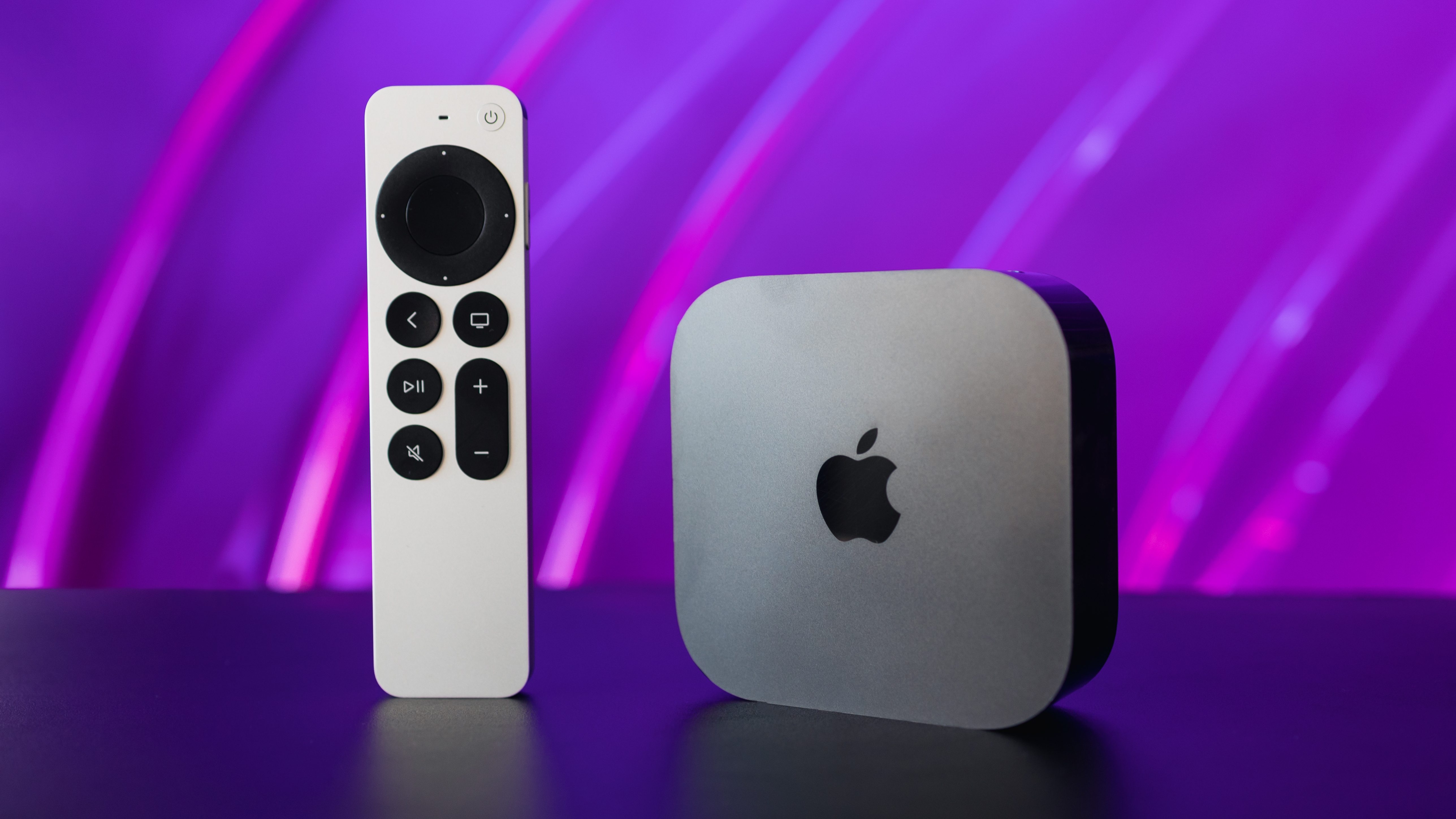

Chromebooks may not be as feature-packed as a Windows laptop or MacBook, but they’re still incredibly useful devices. There are probably some features you don’t know about that can extend the functionality of your Chrome OS device. Let’s dive in!
GET A CAPS LOCK KEY
Chromebooks have their own unique keyboard layout that doesn’t include a Caps Lock key. Instead, there’s a dedicated Search key where most computers have the Caps Lock key. You can change that.
You can enable or disable Caps Lock with the Alt+Search keyboard shortcut. However, if you use Caps Lock a lot, you can simply change the function of the Search key altogether. This is easily done from the Chrome OS settings.
RELATED: How to Get a Caps Lock Key on Your Chromebook
View All Open Windows at a Glance

Task View on Windows 11 and Windows 10 allows you to quickly “zoom out” and see all of your open windows at once. Chromebooks have a similar feature called “Overview.”
“Overview” is part of a larger productivity feature called “Virtual Desktops.” There are three different methods for opening the Overview view, but they all allow you to see everything organized in a way that makes it easier to switch to another window or app.
RELATED: How to See All Open Windows at Once on a Chromebook
Only Let Certain People Use Your Chromebook
Chromebooks have what some might consider a pretty glaring flaw. By default, anyone can grab your Chromebook and make a profile on it just by signing in with their Google account.
You can fix this by restricting sign-in to only specific Google accounts. That way, if someone gets your Chromebook, they won’t be able to use it unless they’re on your whitelist. It’s a nice little security feature you might want to use.
RELATED: How to Restrict Your Chromebook to Certain Users
Snap Windows Side-by-Side
Windows and macOS both allow you to quickly “snap” windows to one half of the screen. Chromebooks can do this too and the gesture to do it should be very familiar.
The easiest way to snap windows side-by-side on Chrome OS is to drag the window to the left or right edge of the screen. You can also click and hold the maximize/minimize button and then select the left or right arrow.
RELATED: How to Split Screen on a Chromebook
Save Your Eyes at Night

“Night Light” is a feature that adds a warm hue to your Chromebook’s display. You may have used a similar feature on Windows, iPhone, Android, or macOS.
The idea of Night Light is very simple, it takes the color temperature of the display and makes it much warmer during certain times. The orange-ish warm light is supposed to be better on your eyes than bright blue light.
RELATED: How to Make a Chromebook Easier on Your Eyes at Night
Hide Files and Folders
If you have some things on your computer that you don’t want anyone to see, you wouldn’t be the only one. Chrome OS has a little trick you can use to hide any file or folder just by renaming it.
All you have to do is add a period to the beginning of the file or folder name. After that, you will only be able to see the files or folders if you go the extra step to “Show Hidden Files.” The files and folders can hide in plain sight.
RELATED: How to Hide Files and Folders on a Chromebook
Silence Notifications with “Do Not Disturb”
There are a lot of things that can pop up notifications on your Chromebook. You can get them from websites, Android apps, and your connected Android phone. Just like Android, Chrome OS has a “Don Not Disturb” mode you can use to block these distractions.
The feature should be familiar if you use “Do Not Disturb” on other devices. You can choose which apps and websites can get notifications through “Do Not Disturb” mode. It can be turned on or off from the Quick Settings panel.
RELATED: How to Use Do Not Disturb on Chromebook to Silence Notifications
Share Files Between Android and Chrome OS
“Nearby Share” is Google’s answer to Apple’s AirDrop and it works between Android devices and Chromebooks. After you set it up on your phone, you can wirelessly transfer files to your Chromebook without Wi-Fi.
Nearby Share is a little easier than sending tabs between devices or emailing files to yourself. You can include other people in your house if you want them to be able to share stuff to your Chromebook too.
RELATED: How to Use Nearby Share on a Chromebook
Pin Files and Folder to the Taskbar for Easy Access
The Chrome OS taskbar—a.k.a. “Shelf”—can be a handy place for your most frequently used files and folders. That’s what the “Holding Space” feature is all about.
The Holding Space actually has two purposes. By default, it will show your recently downloaded and created files. However, you can keep files and folders in the Holding Space by pinning them.
RELATED: How to Pin a File or Folder to Your Chromebook’s Taskbar
Use Google Photos as the Screen Saver

Screen savers on PCs may not be as popular as they once were, but Chromebooks have some pretty cool options. You can use Google Photos as the screen saver, similar to how it works on Nest Smart Displays.
Using Google Photos as the screen saver allows you to display your personal photos on your Chromebook screen. You can choose which albums you want the photos to be pulled from and display the weather on the screen as well.
RELATED: How to Enable a Personalized Screen Saver on Your Chromebook
Chromebooks may be popular for their simplicity, but there’s no shortage of cool features to use. Make sure you’re getting the most out of your Chromebook!






